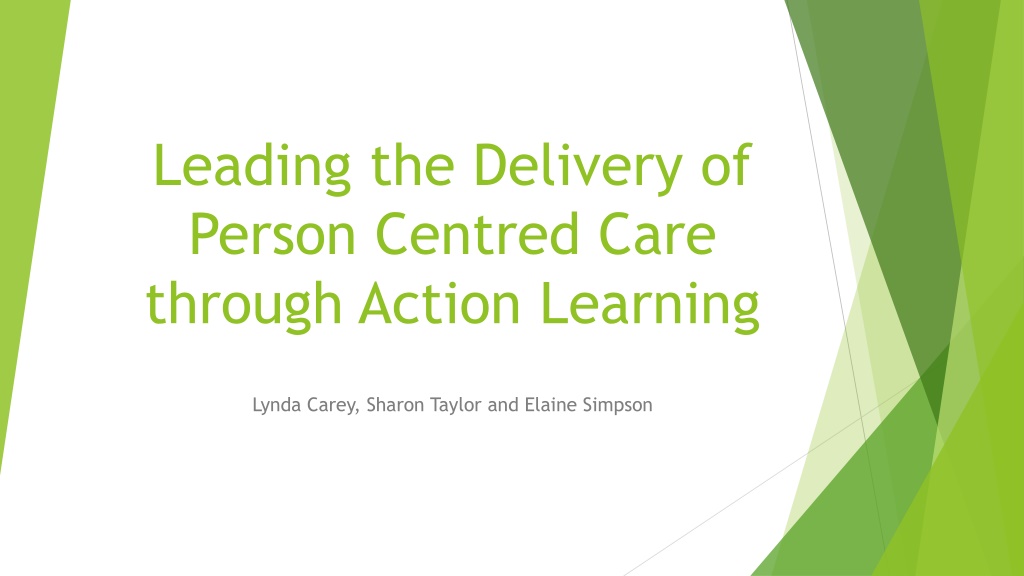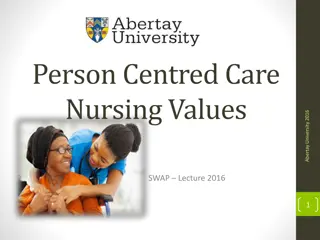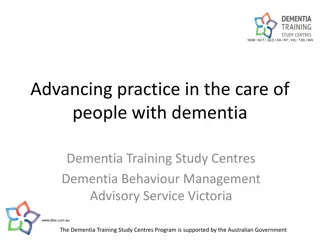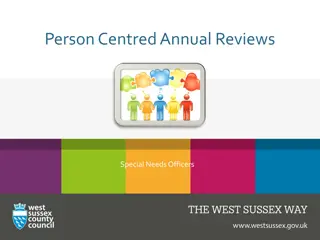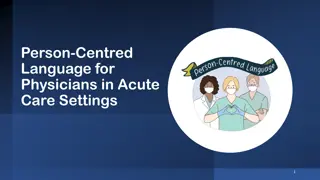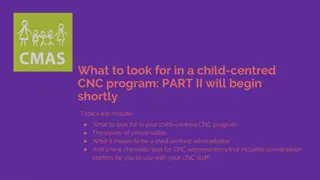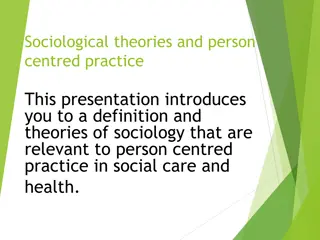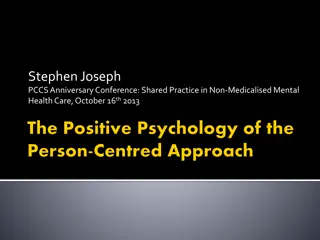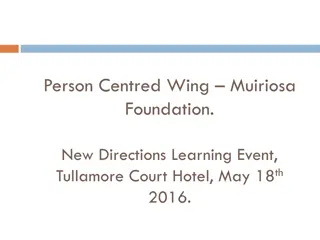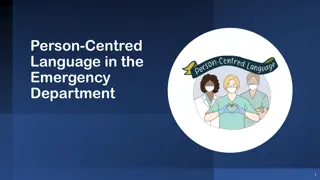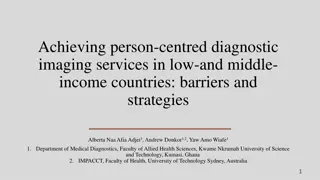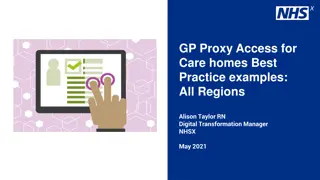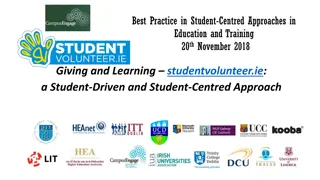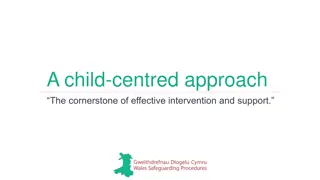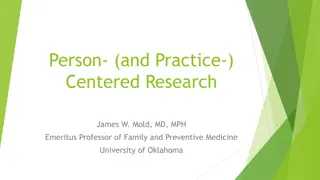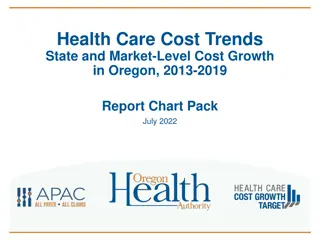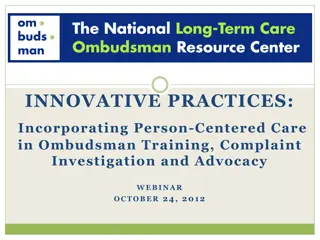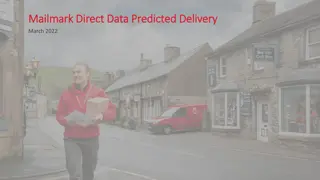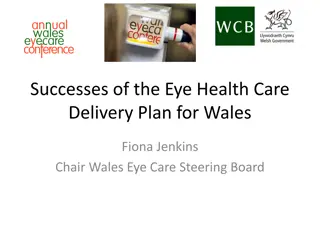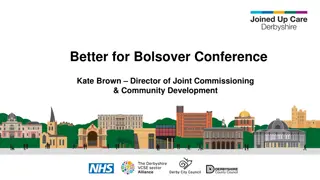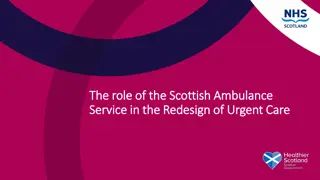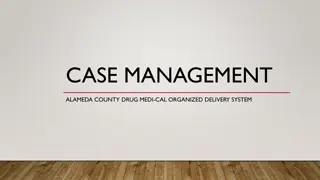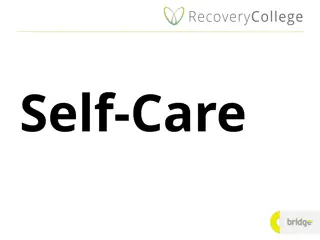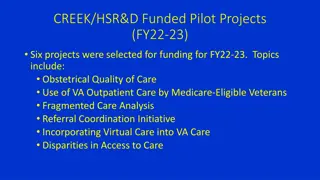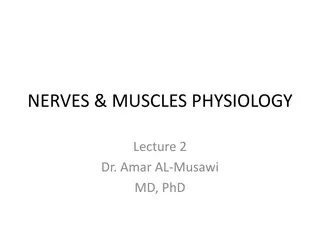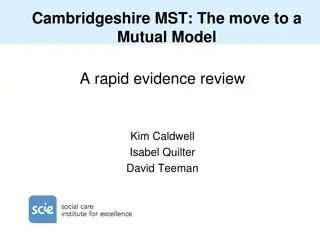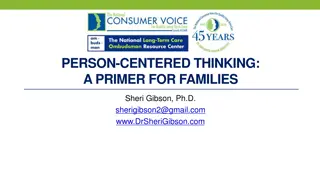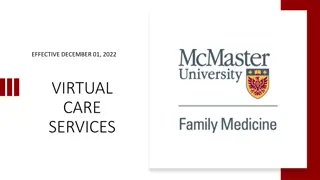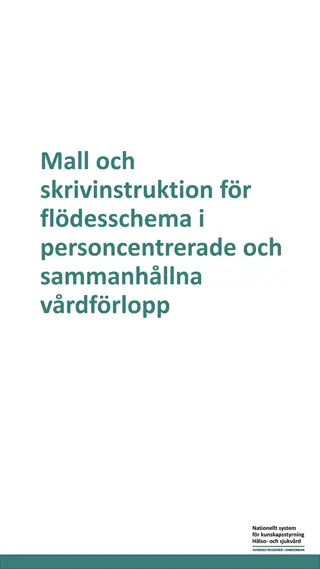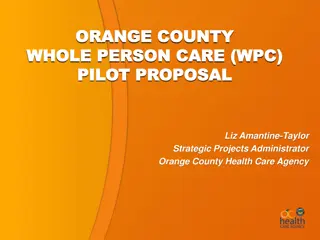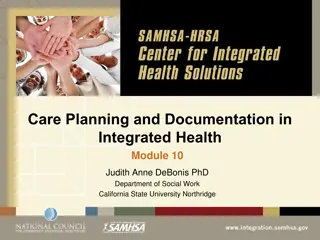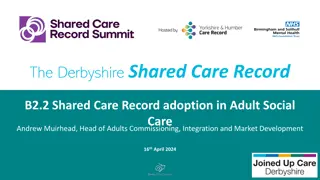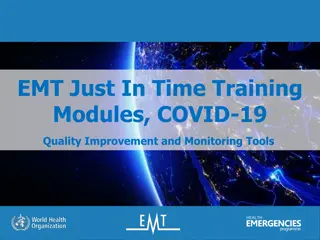Leading the Delivery of Person-Centred Care through Action Learning
Primary care is evolving, focusing on delivering services effectively. This project aims to develop Action Learning Sets (ALS) with clinicians from various neighborhoods to improve practice, enhance leadership skills, and promote communication across boundaries. The ALS groups examine obstacles to quality patient care, such as limitations in data sharing. The project utilizes resources like Virtual Learning Environments to facilitate learning and collaboration. Each ALS meeting addresses specific questions to maintain focus and drive meaningful discussions.
Download Presentation

Please find below an Image/Link to download the presentation.
The content on the website is provided AS IS for your information and personal use only. It may not be sold, licensed, or shared on other websites without obtaining consent from the author. Download presentation by click this link. If you encounter any issues during the download, it is possible that the publisher has removed the file from their server.
E N D
Presentation Transcript
Leading the Delivery of Person Centred Care through Action Learning Lynda Carey, Sharon Taylor and Elaine Simpson
Background Primary care is undergoing major changes in the way it delivers services. Neighbourhoods - Clinical Leaders from closely linked areas are looking at a key area of health care which impacts on them all. Frailty Pathway Action Learning is a process for bringing together a group of people with varied levels of skills and experience to analyse an actual work problem and develop an action plan (Evans 2004). Initial meeting of 23 clinical leaders. They were invited to participate in this project not only to help improve current practice, but also further develop their own leadership skills and ability to change practice (McGill & Brockbank 2004)
Aim To develop three Action Learning Sets (ALS) consisting of a broad range of clinicians who will be representatives of each neighbourhood. To develop an understanding of Action Learning (AL) as not only participants , but also to enable the clinicians to facilitate AL in their own clinical areas. To promote neighbourhood communication across professional boundaries. At the end of the project there will be a generic Action Plan addressing frailty within the various neighbourhoods. This will go some way towards producing a Locality Frailty Pathway.
Progress so far In total there are 5 days. The first day was used to develop the ALS, icebreakers etc. AL facilitators were present to introduce Action Learning and support the clinicians. The overall purpose and aims of the project were discussed. We distributed a self evaluation form for the clinicians to complete (pre Action Learning). A post Action Learning evaluation will be distributed at the end of the project. All participants have access to a Virtual Learning Environment (Blackboard) and discussion board to promote inter-professional communication. The VLE has a wide variety of electronic resources, for example 3 e-learning packages which the participants can work through at their leisure. The 3 ALS are working through three specific questions in order to keep the ALS focused and to promote appropriate discussion.
ALS Day One Question 1: What are the obstacles to good quality patient care (specific to frailty)? The 3 groups arrived at the same conclusion, which was that the current database used by the neighbourhoods does not promote cross boundary communication. The sharing of patient data is very limited and repetitive. Repetition is largely due to a lack of trust in another persons assessment of the situation. It is not always up to date. There was evidence of certain professionals being wary of sharing patient information due to accountability and confidentiality issues.
ALS Day Two The decision to pose a question at each ALS meeting was reviewed. The purpose of setting a question is to keep the participants on the topic, however after the session it became apparent that some participants wanted to discuss the draft Liverpool Frailty Assessment Tool. This was deemed relevant to the overall aim to develop a locality frailty pathway. The facilitators carried out a session evaluation and from that it was evident that a minority of participants felt unclear as to why they were on the project and what its purpose was.
Facilitators observations so far: As facilitators we have the advantage of observing the dynamics from a different perspective. We noticed that some of the behaviour was typical of individuals who have previously felt powerless in instigating change due to a traditional top down leadership approach . The bottom-up approach implies proactive team input based on collective intelligence (Williams and Parr 2006; Schedlitzki and Edwards 2014). Due to being given the opportunity to contribute by turning the traditional leadership style on its head , some participants were very suspicious as to the motives of the course and project. They were unable to recognise that they were being empowered and given the opportunity to contribute to a change in culture and clinical practice (Abbot and Taylor 2014) A small minority of participants did not understand why they had to attend the project, or what its aim was. They displayed lack of motivation, resentment and were not ready to embrace change. Such behaviour can present as a barrier to change. Such behaviour has the potential to sabotage the project and dampen current enthusiasm/motivation amongst the rest of the group (Murray and Richardson 2002).
Overcoming the barriers to change: The small minority of participants who did not embrace the opportunity and displayed negativity required information which would hopefully win over their confidence in the process (Gray, Field and Brown 2013). At the next ALS meeting the facilitators will reinforce the aim of the project and reiterate the value of their expertise/experience in contributing to the Locality Frailty Pathway. When implementing change it is vital that all stakeholders share the same aim, vision and they are all valued (Northouse 2015).
Summary The project is in its early stages of delivery, however the facilitators are encouraged by the motivation and positivity of those participating. Good inter-professional communication is evident and they have engaged in the Action Learning process. An action plan will be compiled by the participants consolidating their contributions made throughout the project. It will be used to inform the future development of a locality frailty pathway. On completing the sessions the participants will be encouraged to use action learning, by facilitating sessions in their own neighbourhoods to promote inter-professional communication and to develop their own leadership skills (Bach and Ellis 2012). The ALS facilitators will analyse the outcomes of this project and use the information to enhance future projects.
References Abbot, C. and Taylor, P. (2014) Action Learning in Social Work. Bach, S. and Ellis, P. (2012) Leadership, Management and Team Working in Nursing. Exeter: Learning Matters Ltd. McGill, I. and Brockbank, A. (2004) The Action Learning Handbook: powerful techniques for education, professional development & training, Routledge Falmer. Evans, C. (2004) The power of action learning groups to develop the HE organisation and its managers, Educational Developments, 5.1. Gray, I. Field, R. and Brown, K. (2013) Effective Leadership, Management and Supervision in Health and Social Care. London: Sage Publications. Murray, E.J. and P.R. Richardson (2002) Fast Forward: Organisational Change in 100 days, Oxford University Press. New York. Northouse, P. G. (2015) Introduction to Leadership- Concepts and Practice. London: Sage Publications. Schedlitzki, D and Edwards, G. (2014) Studying Leadership Traditional and Critical Approaches. London: Sage Publications. Williams, D. and T. Parr (2006) Enterprise Programme Management: Delivering Value, Palgrave MacMillan, London. World Institute for Action Learning. (2008).
